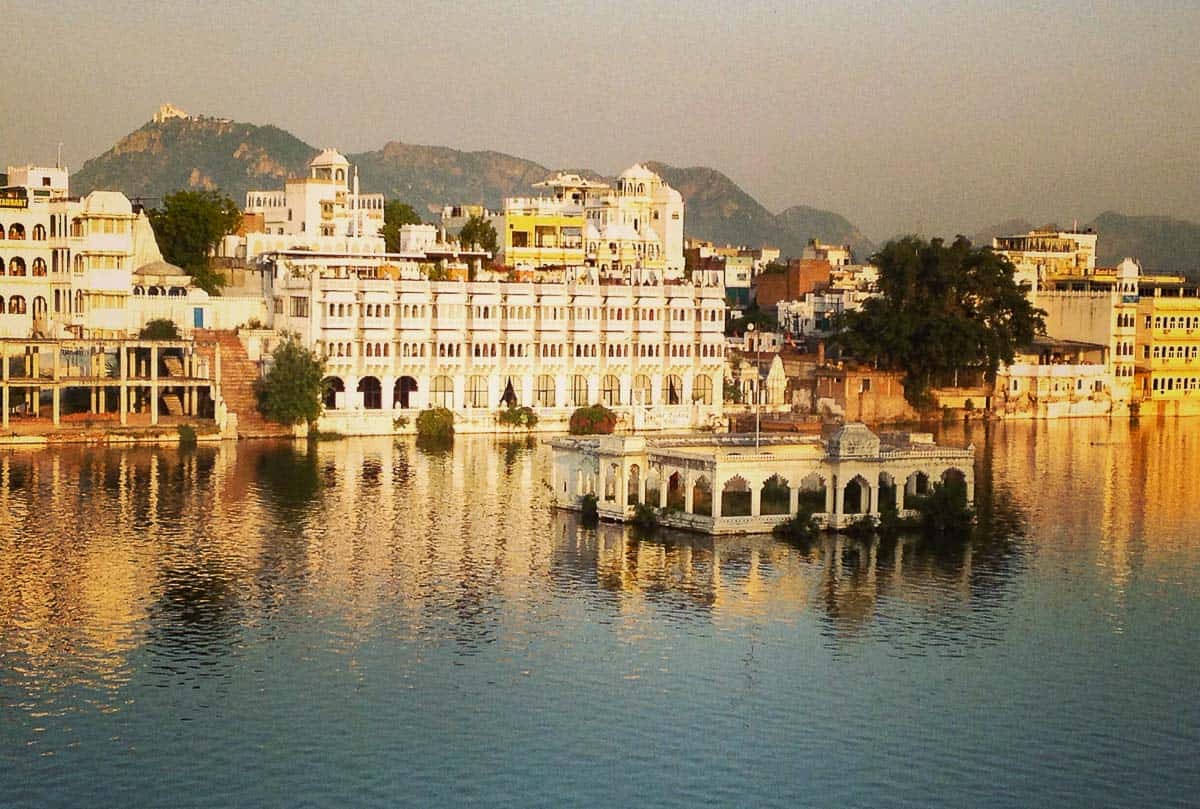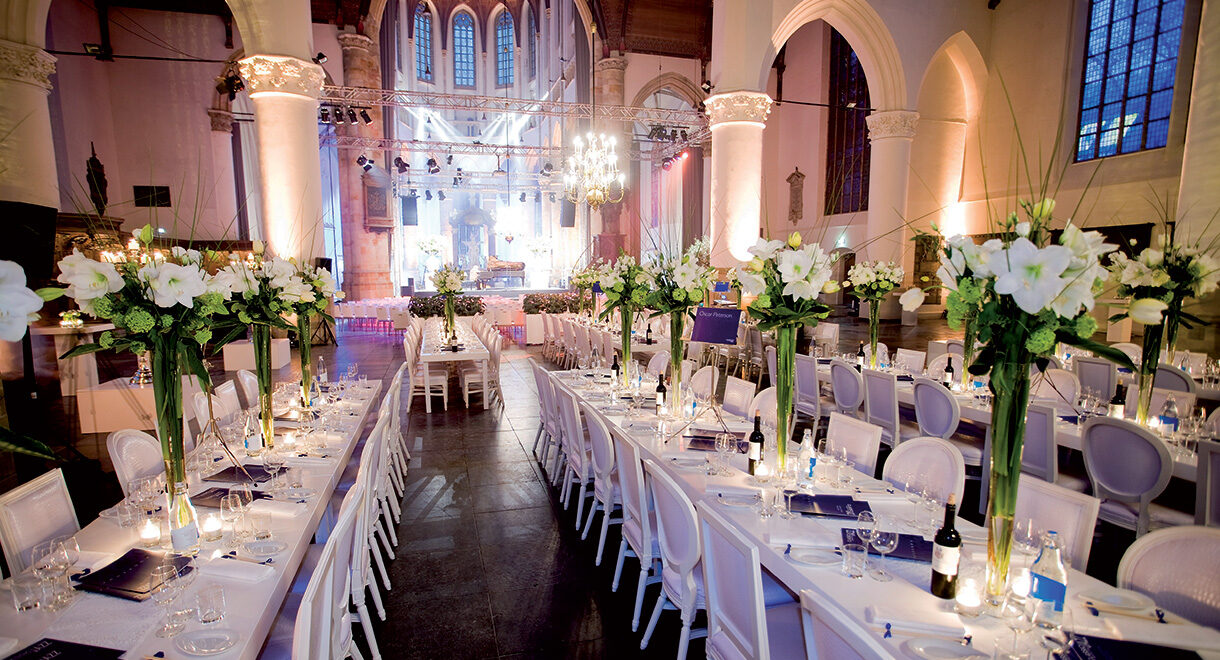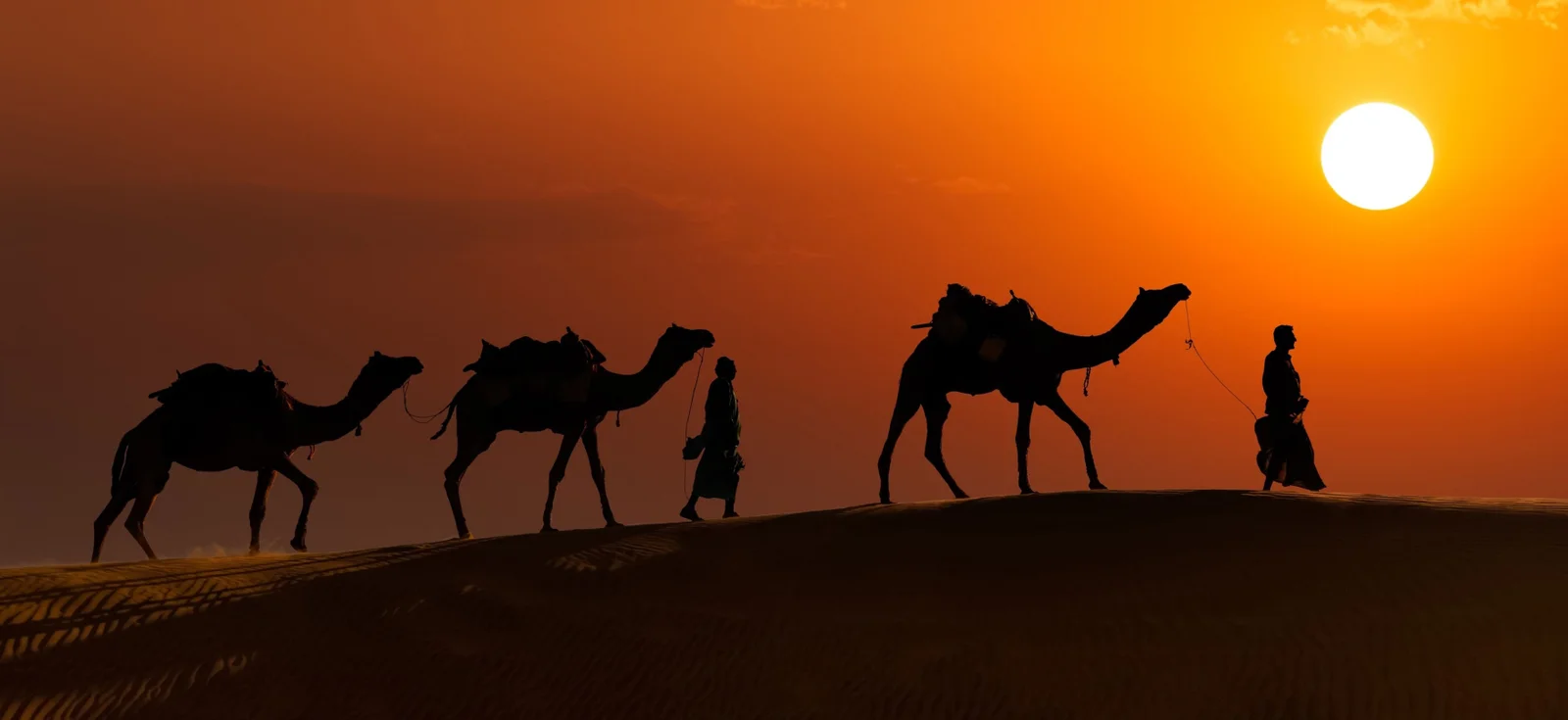From Forts to Folklore: Unraveling the Mystique of Jaisalmer
From Forts to Folklore: Unraveling the Mystique of Jaisalmer

Jaisalmer, the Golden City of India, is a land of magnificent forts, grand havelis, and intriguing folklore. Nestled in the heart of the Thar Desert, this city has preserved its royal past through its stunning sandstone architecture and vibrant traditions.
Visitors to Jaisalmer are often mesmerized by its rich history, where Rajput warriors, wealthy traders, and folklore artists have left an everlasting legacy. The forts and palaces tell tales of battles and grandeur, while local legends bring alive the mystical spirit of Rajasthan.
The Legacy of Jaisalmer Fort: A Living Heritage
The Jaisalmer Fort, also known as Sonar Quila (Golden Fort), is one of the most awe-inspiring forts in India. Built in 1156 AD by Rawal Jaisal, it is among the few living forts in the world, with thousands of people still residing within its walls.
This massive sandstone structure stands 250 feet tall, offering panoramic views of Jaisalmer. Unlike many other forts that serve as museums, Jaisalmer Fort is alive with bustling markets, temples, and traditional homes.
Architectural Highlights of Jaisalmer Fort
Inside the fort, several architectural marvels showcase the city’s rich history:
- Raj Mahal (Royal Palace): The grand residence of Jaisalmer’s rulers, featuring ornate carvings and royal artifacts.
- Jain Temples: A cluster of seven intricately sculpted temples built between the 12th and 16th centuries.
- Laxminath Temple: One of the oldest temples inside the fort, dedicated to Lord Vishnu and Goddess Laxmi.
Visitors exploring the fort often choose to stay at a Jaisalmer Desert Camp, where they can experience the traditional desert lifestyle while being close to the city’s heritage. You can learn more about it here.
Jaisalmer’s Timeless Havelis: A Glimpse into the Past
Beyond the fort, the city is adorned with grand havelis, built by wealthy merchants during the flourishing trade era. These havelis are masterpieces of Rajasthani craftsmanship, featuring delicate stone carvings, intricate jharokhas (balconies), and expansive courtyards.
Patwon Ki Haveli: A Cluster of Five Mansions
The largest haveli in Jaisalmer, Patwon Ki Haveli, is actually a collection of five havelis built by Guman Chand Patwa and his sons. It showcases stunning murals, mirror work, and exquisite woodwork, making it one of the most visually impressive structures in the city.
Salim Singh Ki Haveli: The House with a Peacock Roof
Unlike other havelis, Salim Singh Ki Haveli features a unique peacock-shaped arched roof, built in the 18th century. The 38 balconies, adorned with delicate carvings, give it a distinctive charm.
Nathmal Ki Haveli: A Tale of Two Brothers
Constructed by two architect brothers, Nathmal Ki Haveli is known for its asymmetrical yet mesmerizing design. While each brother built one half separately, the result is a stunning blend of artistry that captivates visitors.
The Folklore of Jaisalmer: Legends and Mysteries
Jaisalmer’s rich folklore adds a mystical touch to its grand architecture. The stories passed down for generations bring the desert city to life, making it a land of myths and legends.
The Cursed Kuldhara Village
One of the most intriguing tales of Jaisalmer is the legend of Kuldhara Village, an abandoned settlement located 18 km from the city.
It is said that the Paliwal Brahmins, who once lived here, mysteriously vanished overnight in the early 19th century. According to folklore, the villagers placed a curse on the land, making it uninhabitable forever.
Today, Kuldhara is a popular spot for travelers seeking paranormal experiences and historical mysteries.
The Story of the Bhati Rajputs
The Bhati Rajput rulers of Jaisalmer have been central figures in Rajasthani folk ballads. The most famous legend speaks of Maharawal Jait Singh, who defended Jaisalmer Fort against Alauddin Khilji’s invasion in 1299.
To protect their honor, the Rajput women performed jauhar (self-immolation), a tradition deeply rooted in Rajasthan’s history. This tragic yet heroic tale continues to inspire local folklore and storytelling.
The Cultural Vibrancy of Jaisalmer
Jaisalmer is not just about history—it is also a hub of traditional Rajasthani art, music, and dance.
Manganiyars and Langas: The Musicians of the Desert
The Manganiyar and Langa communities have kept the tradition of folk music alive for centuries. Using instruments like the kamaicha, dholak, and sarangi, they sing ballads of love, war, and devotion, creating a soul-stirring experience for listeners.
Traditional Dance Forms: Ghoomar and Kalbelia
- Ghoomar Dance: A graceful dance performed by Rajput women, showcasing elegant circular movements.
- Kalbelia Dance: A dance performed by the Kalbelia tribe, mimicking the movements of a serpent, as the community was historically associated with snake charming.
These performances are best experienced at a Luxury Camp in Jaisalmer, where visitors can immerse themselves in the cultural richness of Rajasthan. More details can be found here.
Life in the Thar Desert: How It Shaped Jaisalmer’s Traditions
The harsh desert climate has influenced every aspect of Jaisalmer’s culture, food, and architecture.
Traditional Rajasthani Cuisine
Due to the scarcity of water and fresh produce, Jaisalmer’s cuisine features dry and long-lasting dishes such as:
- Dal Baati Churma: A dish made of lentils, wheat dumplings, and sweet crushed wheat.
- Ker Sangri: A desert vegetable dish using dried beans and wild berries.
- Gatte Ki Sabzi: Gram flour dumplings cooked in a spiced yogurt curry.
The Role of Festivals in Preserving Folklore
Jaisalmer’s vibrant festivals celebrate its rich traditions:
- Jaisalmer Desert Festival (February): Featuring camel races, folk dances, and puppet shows.
- Maru Mahotsav: A desert festival highlighting traditional games and local performances.
Conclusion
Jaisalmer is more than just a historical destination; it is a city where stories live on through forts, havelis, and folklore. The grandeur of Jaisalmer Fort, the intricate designs of Patwon Ki Haveli, and the haunting mystery of Kuldhara Village make it a place where history meets legend.
For those seeking an authentic desert experience, staying at a Jaisalmer Desert Camp offers an unforgettable journey into Rajasthan’s rich cultural heritage.






